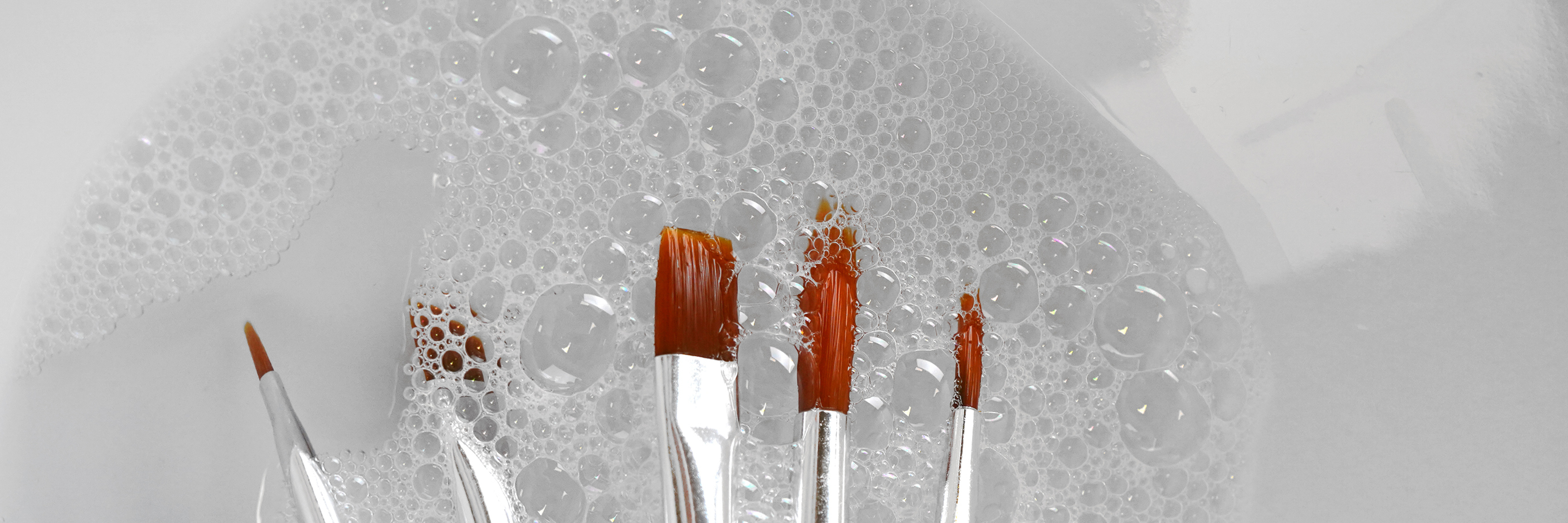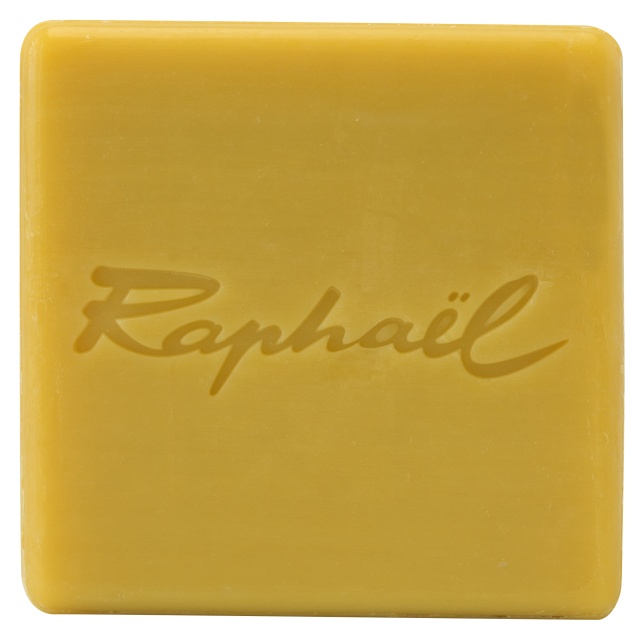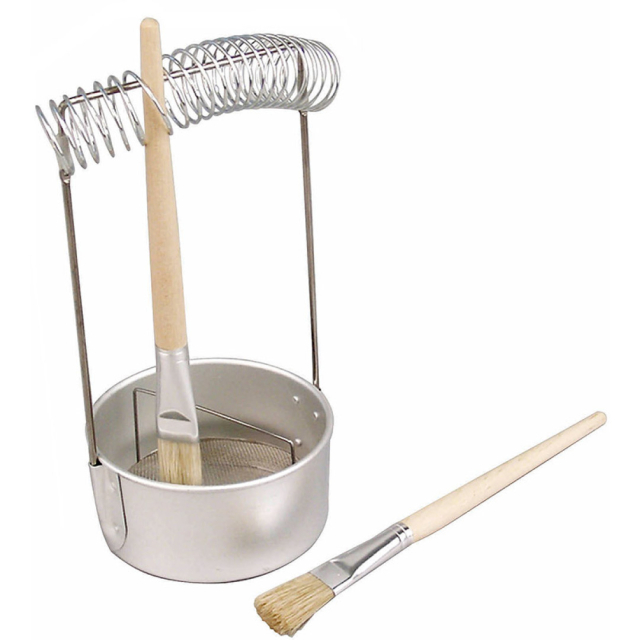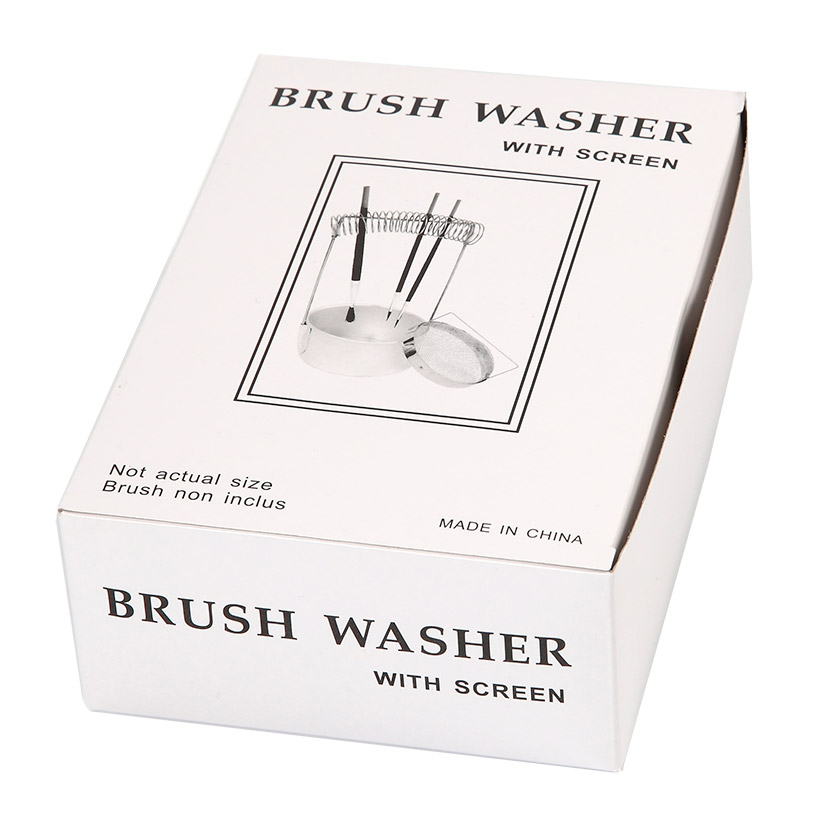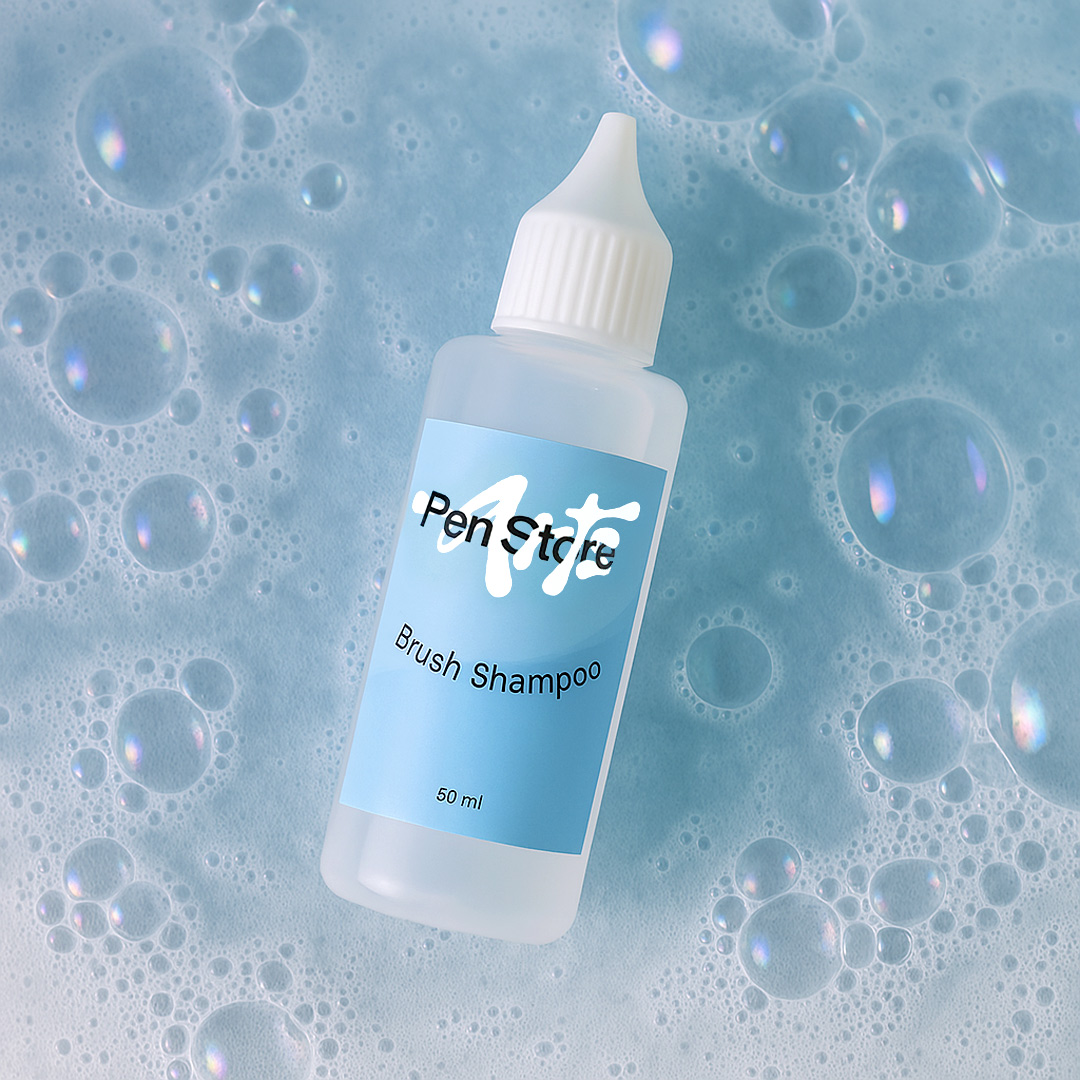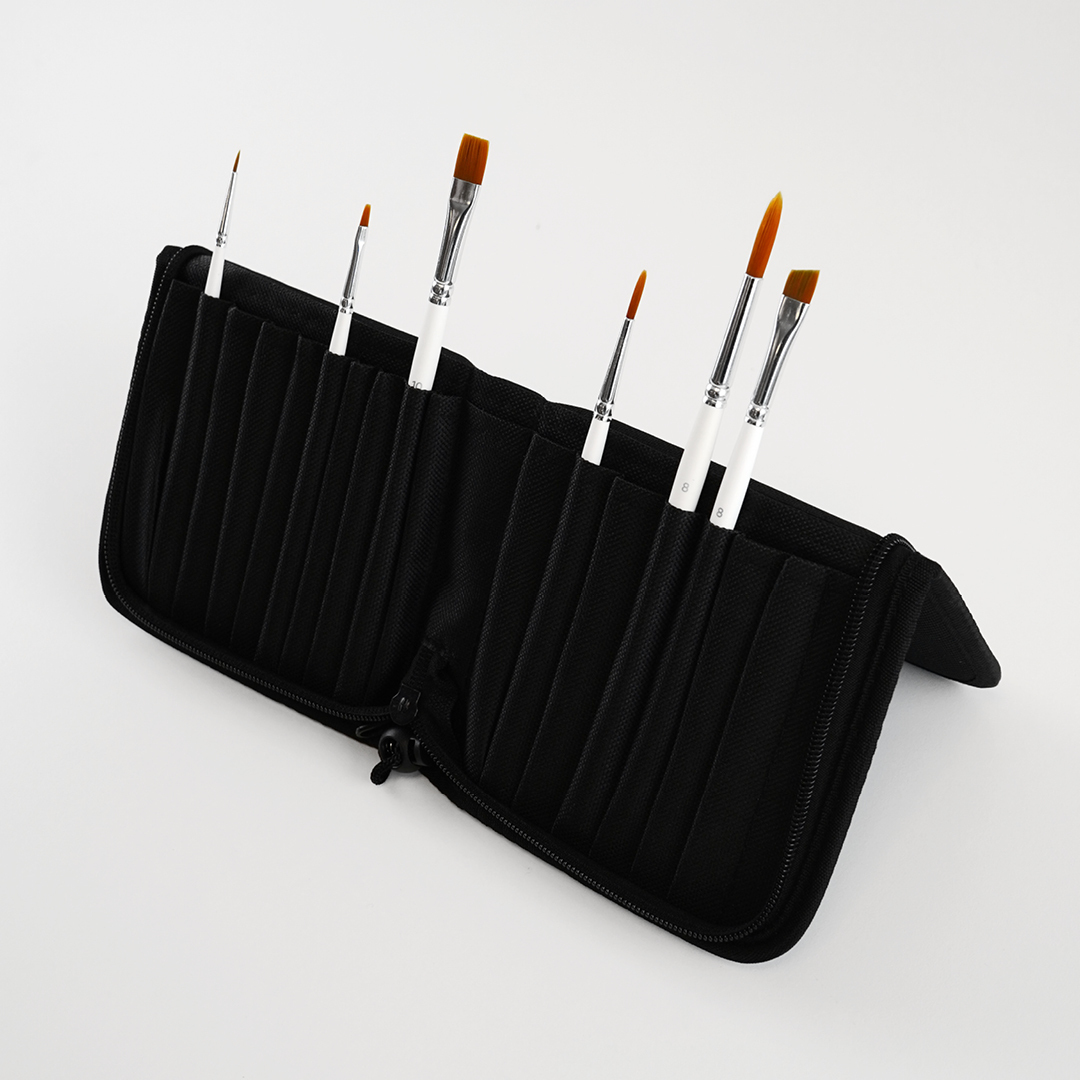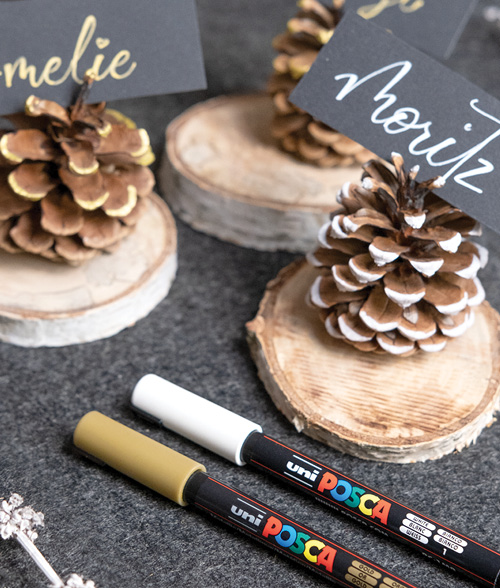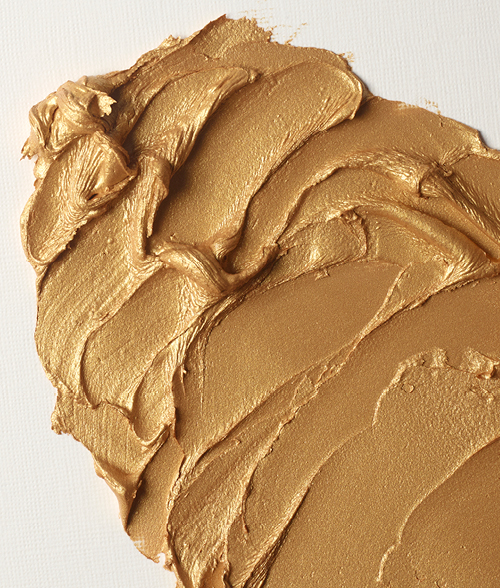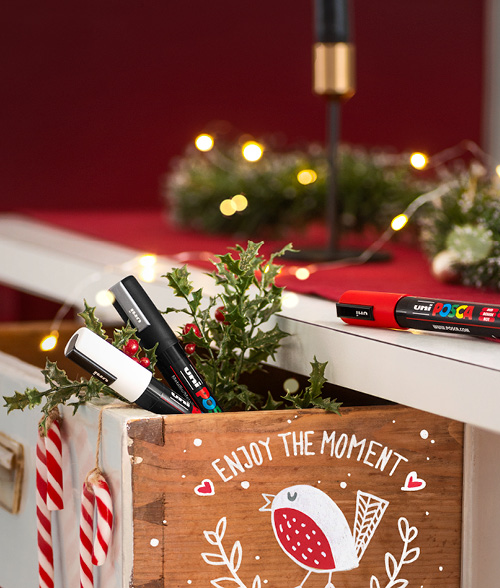To make your acrylic brushes last, it’s important to clean them thoroughly and regularly. Acrylic paint dries very quickly, and once it hardens, a brush can be ruined forever. But don’t worry. With the right technique, your bristles will feel like new after every use. It’s simply a matter of making brush cleaning part of your creative routine. Here are our top tips for cleaning acrylic brushes!
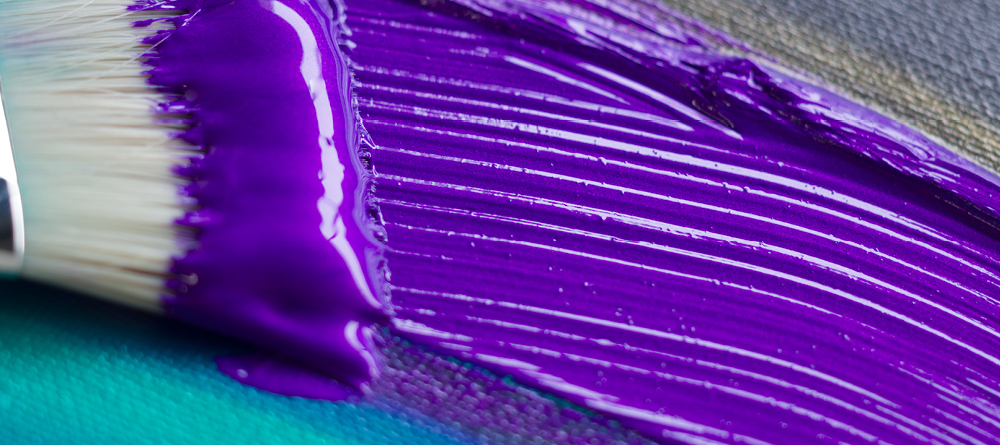
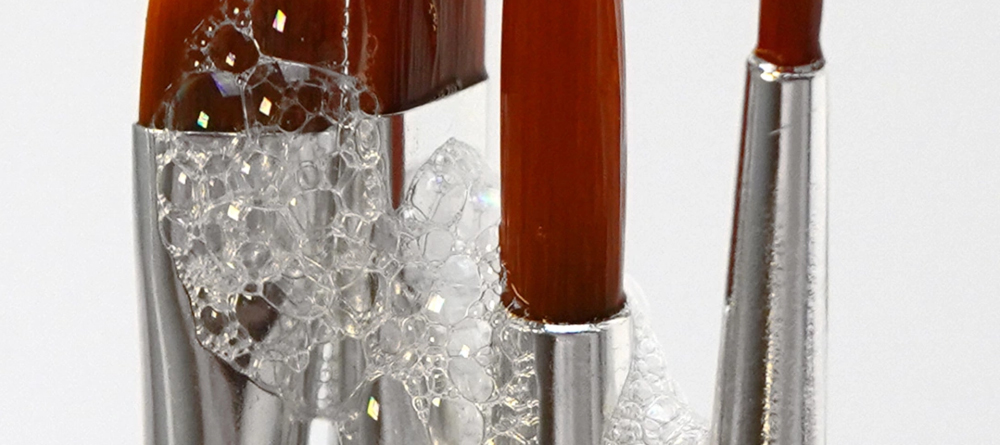
While You're Painting
Keep Your Brush Clean!
Acrylic paint dries very quickly, so it’s important to keep an eye on your brushes when working with this medium. If you let paint dry on the brush, it will unfortunately be ruined. This is because dried acrylic paint behaves a bit like glue and becomes almost impossible to remove from the bristles. If you take breaks while painting, it’s important to rinse the brush so it doesn’t dry out. The same goes if you decide to switch brushes halfway through your work: never put a brush down without cleaning it first.
Does it sound tedious to keep cleaning your brushes all the time? Prepare a jar of water and a damp cloth before you start painting. Instead of giving your brush a full clean (as outlined in the steps below), you can give it a quick rinse when needed. Here’s how: wipe off as much paint as possible on a piece of paper, rinse the brush in the water jar, and store it under the damp cloth until you can stop painting and clean it properly.
Cleaning Acrylic Brushes After Use
Step by Step
It’s important to clean your acrylic brushes thoroughly after each use. You may want to repeat this process two, three, or even more times, depending on how much paint you’ve used and how long you’ve waited before cleaning. If you’ve followed the tip above about keeping your brush clean while painting, this deep clean will be quicker.
- Remove as much paint as possible using a cloth or paper by wiping off the excess.
- Rinse the brush thoroughly in a jar of lukewarm or cold water. Make sure all the paint is gone from the bristles. If the paint is stubborn, try using a special brush shampoo, such as this one from Pen Store Arts.
- Wipe off any excess water from the brush using your fingers or a cloth.
- Rinse the brush under running water to remove the last traces of shampoo.
- Let the brush air dry completely on a towel, or hang it in a brush dryer. Always dry the brush in a horizontal position or hanging with the tip facing down. If the brush dries standing upright or on its tip, it can damage the bristles and the glue holding the brush together.
- Dispose of water with paint residue at a hazardous waste collection point.
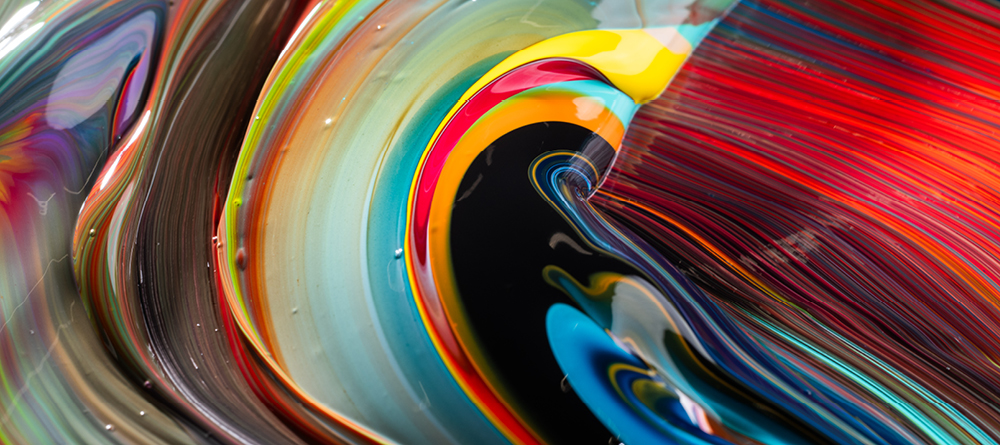
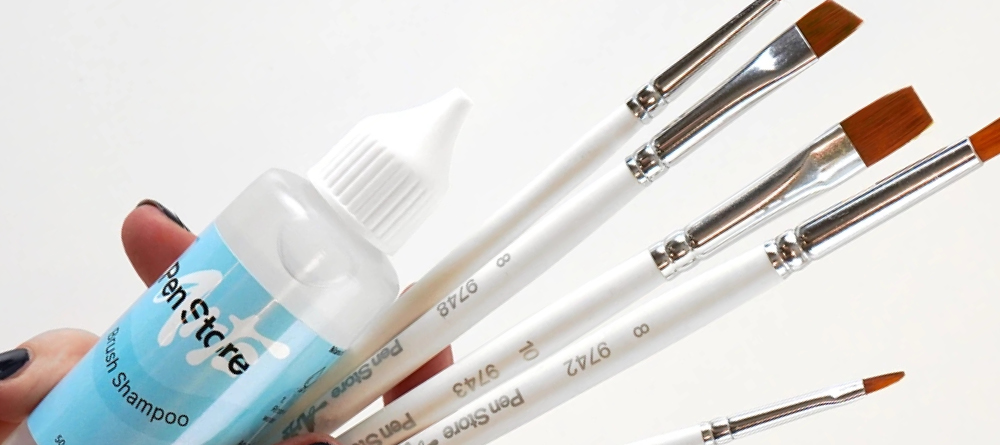
Common Questions About Cleaning Acrylic Brushes
Cleaning your brushes might not be the most exciting part of painting, but it’s essential if you want them to last. Here we’ve gathered some extra useful tips from someone who’s cleaned plenty of brushes in their time!
Is brush water considered hazardous waste?
Yes, that’s correct. Always clean your brushes in a separate jar meant for brush cleaning, and dispose of the water at a hazardous waste collection point.
Can you clean acrylic brushes in the sink?
No, it’s not allowed to rinse your brushes in the sink, since acrylic paint counts as hazardous waste. Always use a separate jar for cleaning and dispose of the water responsibly at a hazardous waste collection point.
How do I know if my acrylic brush is clean?
Here’s a small tip to check if your brush is really clean: press the tip against a slightly rough paper, such as kitchen paper. If any colour appears on the paper, you should repeat the cleaning process.
How often should I clean my acrylic brushes?
You should clean your brushes after every painting session, before the paint has time to dry on the bristles. If you take longer breaks while painting, it’s a good idea to clean the brush during those too. So the simple answer is: as often as possible for long-lasting brushes.
Can a dried-out acrylic brush be saved?
It’s possible. We’ve put together a step-by-step guide on how to revive a dried-out brush in the best way. You’ll find it in the Care guide for acrylic brushes.
 United Kingdom (GBP)
United Kingdom (GBP)